Do you think society can fully transition from plastic bags to more sustainable options? If so, how long do you think it would take?
» Packaging- A complete transition from plastic bags to sustainable options is achievable through legislation, consumer behavior change, and availability of alternatives.
- The transition could take several years to a decade, depending on the region and the effectiveness of the policies implemented.
- Education and widespread awareness campaigns will be crucial to accelerate the adoption of eco-friendly bag alternatives.
Got something on my mind here. It's about plastic bags vs sustainable options. Do you reckon society can ever really get away from the plastic bag completely? Looking for full-on transformation, nothing halfway here. And another thing - let's say it's doable, right? How long you folks reckon it would take to happen? Open to all thoughts and theories... let's chat.
Reading all your responses got me wondering... What about the economics of it all? Will the average consumer be willing to bear the brunt of the possible cost increase that might come with sustainable options? Additionally, in developing countries where plastic bags are a way of life, how do we tackle the shift to more eco-friendly alternatives? Would love to get your perspective on this.
With our network with packaging suppliers along with a huge international network, we provide customizable logistic packaging services as per the needs and requirements of our clients, in order to maintain continuous product development and greatly reduce the spending for packaging solutions.
Totally with you folks on this one. Imagine a future where our oceans aren't cluttered with plastic. That's the dream, isn't it? And regarding the transition, it seems like it's more than just a switch - it's a mindset overhaul needing to happen, globally. Interesting times ahead, for sure.
Sparking some solid convo here! The point most of us missed though, is about alternatives. Have you ever thought about what these "sustainable options" actually are? Are we talking paper, canvas, biodegradable plastics? Each has its own pros and cons, ya know. And let's not forget, manufacturing these alternatives has its own environmental impact. Any thoughts on the balance of it all?
What about the role of innovation in this shift? Are there any cutting-edge materials out there that could be game-changers?
How about we just carry everything in our pockets? I'm picturing a world of cargo pants renaissance – sustainable and trendy!
I'm a bit skeptical about this cargo pants idea—surely they can't replace bags for grocery shopping or bulk purchases, right? Can those seams even withstand a load of potatoes?
You make a fair point; imagining fitting the week\'s groceries into pockets is kind of a stretch. Durability aside, practicality is a huge factor. People often shop for family or bulk items and carrying everything without proper bags would be pretty much impossible. Even if cargo pants were made with the strongest fibers out there, we\'d end up looking like overloaded pack mules. There\'s a limit to what pockets can hold and it definitely doesn\'t include the weekly shopping list.
But really, beyond the joke, how practical are these alternatives in everyday scenarios? I mean, in a bustling city or in a rainy climate, do these solutions really hold up? It seems there's a lot of optimism, but the practicality in day-to-day life might be a huge challenge.
Definitely, the adaptability of these solutions in different environments and daily situations is crucial. How effective are these alternatives when tested in diverse, real-world conditions?
Let's hit the brakes a bit here. While the enthusiasm for eco-friendly alternatives is great, are we sure they can handle the sheer volume and variety of goods that plastic bags currently manage? I'm thinking about items like meat or fish that might leak, or heavy products that require sturdy support. It's not just about having a bag; it's about having a bag that does the job without causing a mess or breaking. From what I've seen, not all alternatives are up to these tasks yet. What do you think? Have you come across any truly robust and reliable alternatives that can handle all kinds of shopping needs?
- How do changing consumer behaviors, like the move to online shopping, impact packaging needs? 3
- How do packaging designs address the growing trend of DIY kits or self-assembly products? 4
- What are some alternative packaging solutions you've seen in the automotive industry that impressed you? 12
- How do different lighting conditions (e.g., store lights vs. daylight) affect packaging appearance? 5
- What are your thoughts on the environmental impact of paper alternative coffee cups? 8
- How do packaging designs cater to the growing trend of experiential or hands-on learning products? 1
- How are companies using packaging to enhance the educational or informative aspects of products? 5
- Do you prefer bread that is packaged in paper bags with windows, or does the packaging not affect your purchase decision? 11
- What's the impact of oversized packaging on waste and the environment? 4
- Have you implemented any innovative solutions to reduce waste in your internal packaging? 13
- What are the challenges of using biodegradable materials in packaging? 383
- What are the latest technological advancements in packaging machinery? 306
- What are some challenges you have faced with automotive packaging, and how did you overcome them? 292
- Are there any concerns regarding the food safety or longevity of bread stored in paper bags with windows? 289
- How would you improve the current design of paper shopping bags to make them more user-friendly or sustainable? 286
- What's the process for quality assurance in our packaging production? 283
- Can you share some tips on how to reduce the use of consumable materials? 283
- Have you encountered any problems when using paper shopping bags in certain weather conditions? 282
- How does the feel and usability of HDPE bags compare to other materials such as paper or fabric? 275
- How do you balance the need for protection and efficiency in your internal packaging processes? 269
Blog Posts | Current
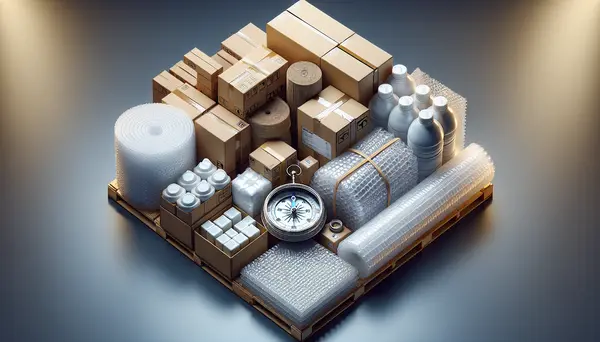
Navigating Packaging Regulation: Compliance and Industry Insights
Understanding Packaging Regulation: A Brief OverviewThe world of packaging regulation can be a complex maze to navigate. However, understanding these...
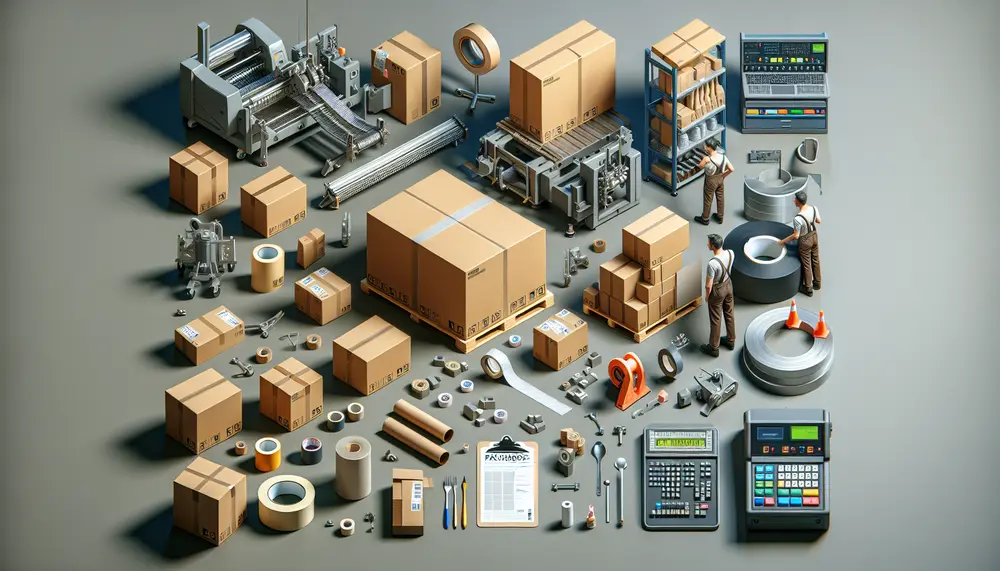
Becoming a Packaging Operator: Skills and Responsibilities
Introduction to the Role of a Packaging OperatorStarting a career in the packaging industry can be an exciting opportunity, especially...
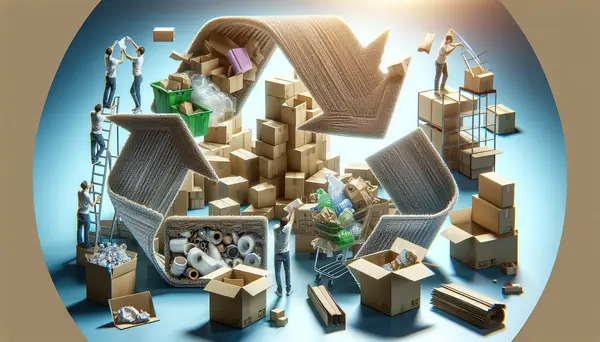
Effective Strategies to Minimize Packaging Waste
Understanding the Importance of Minimizing Packaging WasteIn an increasingly consumer-driven society, the growing problem of packaging waste cannot be ignored....
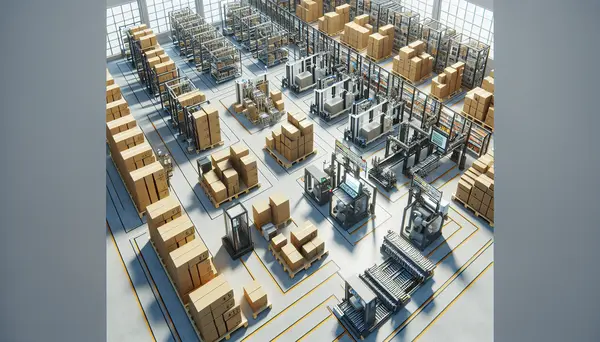
Efficient Solutions for Managing a Packaging Warehouse
Understanding the Basics of a Packaging WarehouseFirst things first, let's delve into the basics of a packaging warehouse. Essentially, a...
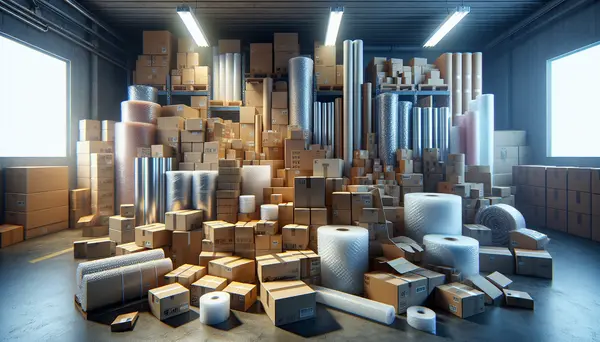
Understanding Packaging HSN Codes
Introduction to Packaging HSN CodesWhen it comes to the realm of packaging, understanding the complexities and details can often be...
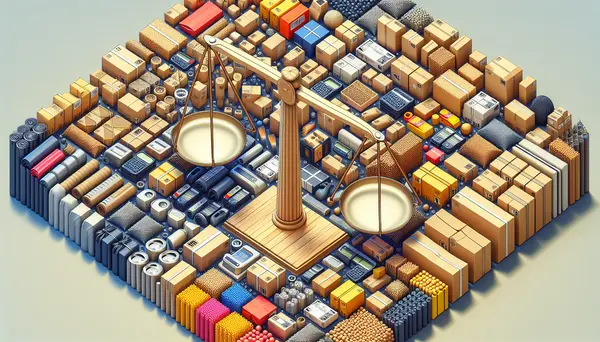
Negotiated Price vs. Demand Quantities: A Detailed Examination
Price negotiation and demand quantities are two significant factors affecting both the supply and demand of goods in the market....
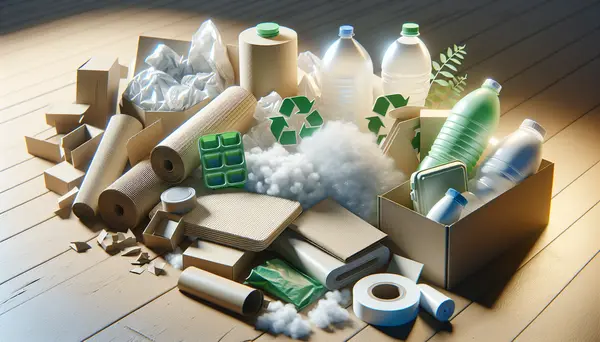
Sustainability in Packaging Design
Introduction As environmental concerns continue to gain prominence in public and corporate consciousness, the topic of sustainability in packaging design has...
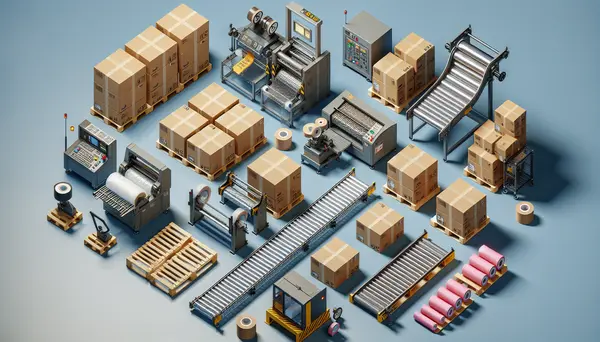
Industrial Packaging Production: A Cornerstone of Modern Manufacturing
Introduction Packaging is an indispensable part of any industry, providing a protective shield for products during their journey from the production...
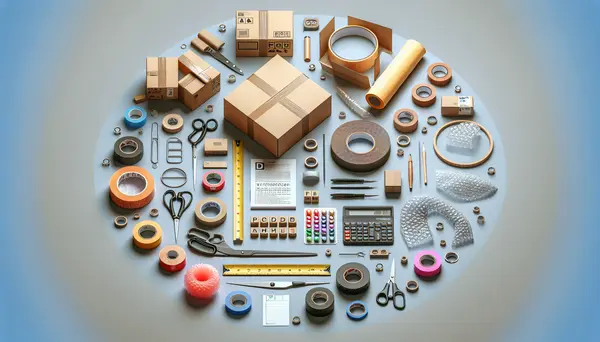
The Cornerstones of Effective Packaging Design: Key Rules to Consider
Introduction Packaging design is far more than a mere protective cover for a product. It is a potent communication tool that...
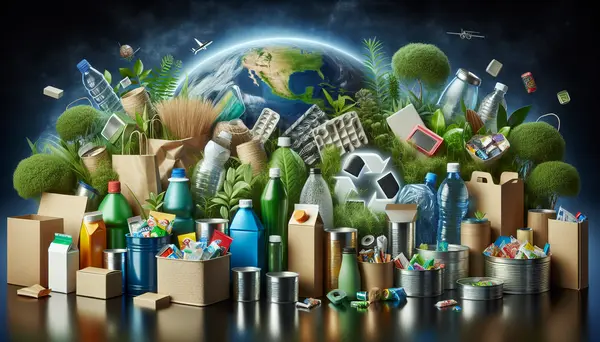
Recycling in Packaging: A Sustainable Approach for a Greener Future
Introduction Packaging is an integral aspect of every product that we consume or use. However, the growth in consumerism and the...

